Blueberries in Al's Mix
cebury
14 years ago
Featured Answer
Sort by:Oldest
Comments (18)
imstillatwork
14 years agoRelated Professionals
Londonderry Landscape Architects & Landscape Designers · Hershey Landscape Architects & Landscape Designers · River Forest Landscape Architects & Landscape Designers · Southfield Landscape Architects & Landscape Designers · Forest City Landscape Architects & Landscape Designers · Finneytown Landscape Architects & Landscape Designers · Teaneck Landscape Contractors · Carson Solar Energy Systems · Coral Shores Window Contractors · Damascus Window Contractors · Fernandina Beach Window Contractors · Cockeysville Fence Contractors · Oceanside Fence Contractors · Sacramento Fence Contractors · Orangevale Fence Contractorsfilix
14 years agojojosplants
14 years agojustaguy2
14 years agofilix
14 years agocebury
14 years agojustaguy2
14 years agofilix
14 years agocebury
14 years agojojosplants
14 years agojustaguy2
14 years agofilix
14 years agocebury
14 years agocebury
14 years agoTheStar
6 years agoedweather USDA 9a, HZ 9, Sunset 28
6 years agotropicofcancer (6b SW-PA)
6 years ago
Related Stories

EDIBLE GARDENSSummer Crop: How to Grow Blueberries
Plant blueberries in spring or fall for garden beauty through three seasons — and a sweet superfood in summer
Full Story
GARDENING GUIDESGreat Design Plant: Grow Blueberries for Their Fruit and More
Eastern gardeners should consider growing blueberry plants for their delicious fruits, bee-friendly spring blooms and brilliant fall foliage
Full Story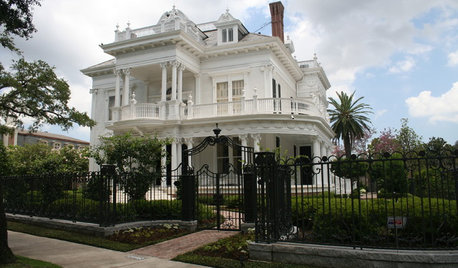
ARCHITECTURECity View: New Orleans Style Mixes It Up
Always ready for a party and a parade, this Louisiana city also counts history, varied cultures and a resilient spirit among its influences
Full Story
GARDENING GUIDESVegetables and Flowers Mix in Beautiful Edible Gardens
Ornamentals, meet your edible garden mates. We know you'll get along just beautifully
Full Story
DECORATING GUIDESRoom of the Day: A Fresh Mix in a Traditional Colonial
A designer combines rich colors and fabrics with lighter pieces in a living room that's the heart of a North Carolina home
Full Story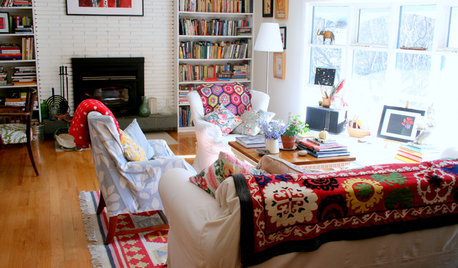
ACCESSORIESFinish Your Look With a Fun Mix of Textiles
Why box yourself into a design corner when you can spread out ever-changing throws, rugs and even bags?
Full Story
FALL GARDENING5 Fall Fruits You Can Grow in Containers
Brighten your porch or patio with a potted pomegranate, kumquat, blueberry bush or another great fall fruit
Full Story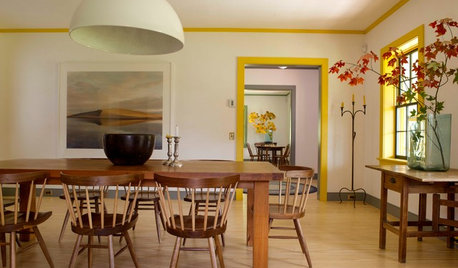
FARMHOUSESHouzz Tour: Shaker Simplicity Inspires a Modern Farmhouse
Mixing classic farmhouse style with sustainable features, this Connecticut home is as charming as it is sensible
Full Story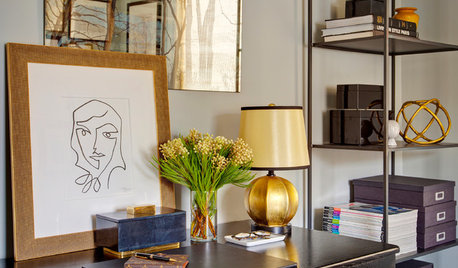
ECLECTIC HOMESHouzz Tour: A New Chapter for a Storied Chicago Building
Al Capone may have once run the joint, but this top-floor unit had lost its character — until an interior designer moved in
Full Story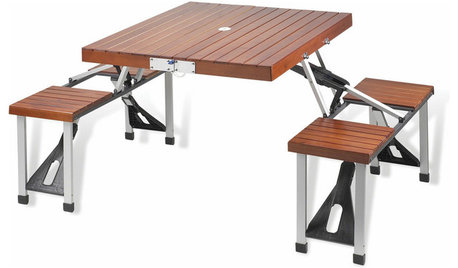
PRODUCT PICKSGuest Picks: Picnic Fixings
Savoring picnic fare under an open sky is even better with these al fresco accessories
Full Story








filix